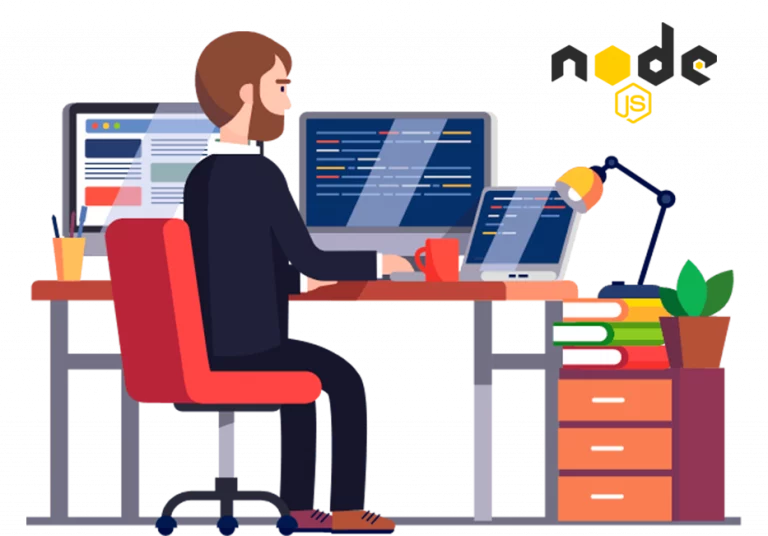Node Js Training
Code with Node.js, build Feature Rich, Production Ready, Web Applications with ease.
- Level up your game of coding, learn how to code actually by coding
- Know all about rendering, routing, middleware, authentication, and more with Express
- Gain immersive knowledge of Node.js through guided hands-on exercises, activities, and much more.

